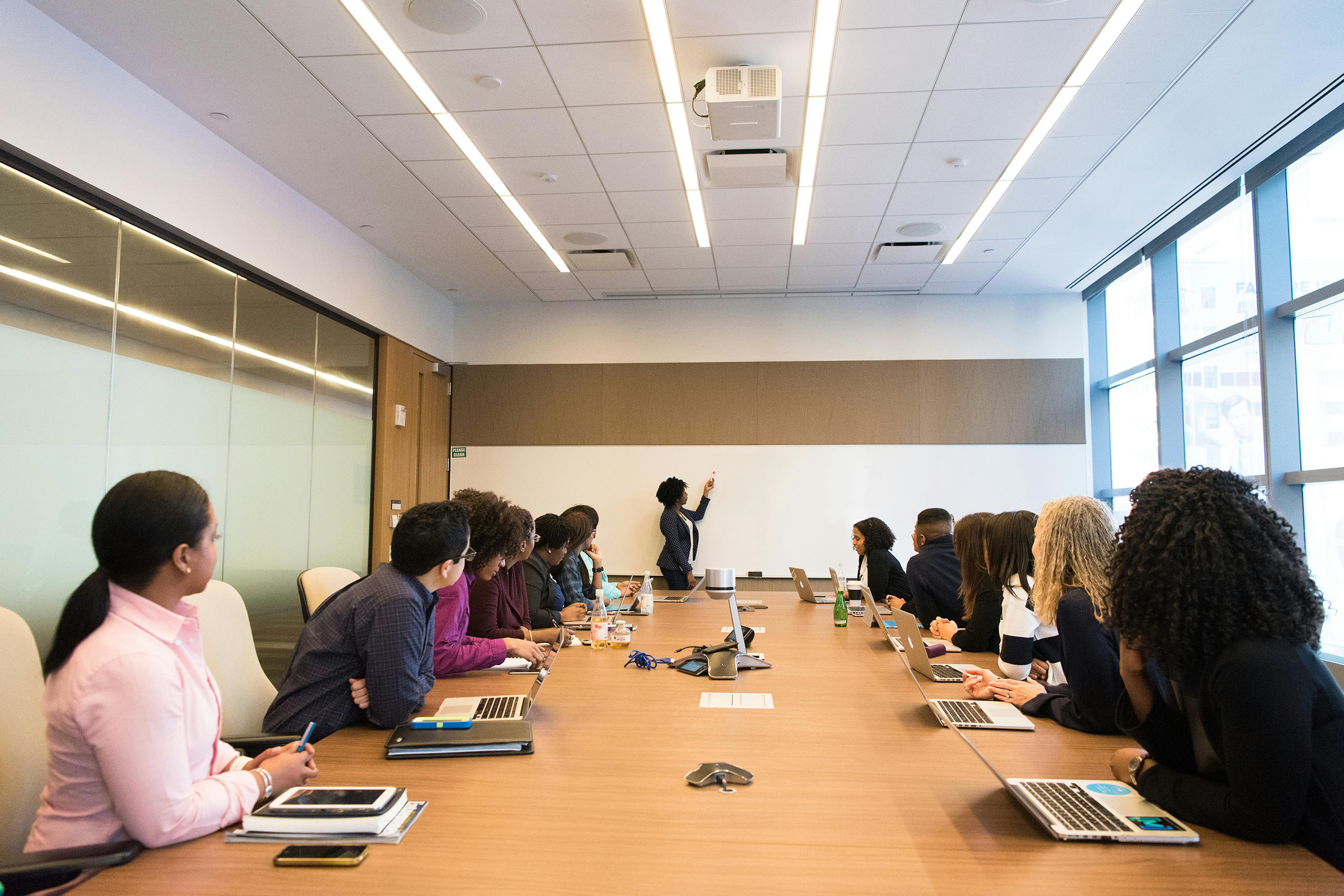
Organize Your Community For Change.
These days, we don’t have the luxury of waiting around for leaders who are willing to stand up for what’s right. We need to become the change we wish to see in the world, as Gandhi once said. Each of us have the power to make change in our own way. Here’s how we can work together with our neighbors to create the change we wish to see in the world:

Educate
1. Educate your friends and neighbors.
No, this doesn’t mean becoming that crazy relative that everyone avoids at Thanksgiving. Curious friends and family are your best audience. Talking first with people who are already seeking out your message is the low hanging fruit when it comes to signing people up to help make change. That’s always the best place to start.
2. Pamphlets, flyers, and brochures, oh my.
Once you have some like-minded friends to join you, designing some flyers and passing them out at local public events isn’t a bad idea. Make sure to include your name or the name of your group, a little bit about who you are, what your goals are, and how you plan to achieve those goals. Lastly, include contact info, social media accounts, or other ways for interested individuals to get ahold of you.
3. Dominate the algorithm.
Knowing how to use social media algorithms to your advantage can be a powerful strength in your quest to educate the general public about your goals. Asking your friends and neighbors to like, comment, and share posts as soon as they are posted can help with their chances of going viral. Just tell everyone you know when you plan to post and let them loose! It’s even better if they respond to each other’s comments on your post because it’ll make the algorithm think the post is more engaging.
4. Hold neighborhood conferences on your issue.
Getting out into the community is very important when it comes to building support for any kind of political change. Holding a conference at a local library, church, or veterans hall with expert speakers as well as affected residents can be a great way to both educate your neighbors and recruit new people to your cause.

Organize
5. The more the merrier.
If you want to move a rock, you need a lot of people. And sadly, our government is the rock in this metaphor. But when we can get a large number of our friends and neighbors together, we become the rock crusher.
6. Helping hands.
Many of the communities that need help the most are struggling too much to rise up on their own due to the very problems they’re trying to fight. This is where aid such as food drives, popup health clinics, and free legal advice can go a long way. And with support, residents of struggling communities can begin to give their time towards making change.
7. Decentralize your leadership.
Political change is a long term process. Relying on a single leader for your success is a guaranteed way to have your push for change fall apart if/when something happens to that leader. By having many leaders, all with common goals, working in tandem, you can make sure your group lasts over the long term.
8. Consensus based decision-making.
It can be helpful to have a system of decision-making in place where everyone’s consent is required for a decision to be made. This requires compromise, however it also makes sure everyone’s needs are met in the decision-making process. If everyone’s needs are met, people are less likely to leave because they feel left out of the process. And remember, we need all the people we can get.
9. Teach a man to fish.
Long term independence and sustainability should be a priority. Projects such as building community fruit and vegetable gardens, workshops on finding creative ways to reuse waste materials, and other initiatives to rebuild communities.

Agitate
10. Avoid symbolic protests.
Stay away from forms of protest that lack any meaningful substance. It is critical to keeping morale up and people engaged that any forms of protest you choose to engage in are actually disrupting the problem you wish to address. Try finding creative, but legal, ways to interrupt “business as usual” for the individuals or corporations who are responsible for your community’s issue or are capable of fixing it.
11. Be inconvenient.
Political and corporate leaders who have chosen to make their fellow community member’s lives inconvenient are fair game for being inconvenienced in return (within the law). Once you have organized a large number of your neighbors, you can begin to show up where your leaders are and disrupt them until you are heard. The end goal is to make it so it’s easier for them to stop doing the thing that’s hurting the community than it is for them to continue with “business as usual.”
12. Be prepared for pushback.
It would be silly to assume there would be no repercussions to going up against massive institutions and demanding change. Resiliency is important. Having a large group allows some to step up while others take a break, allowing the group to remain a steady force.
13. If you fail, don’t hesitate, escalate.
Having a plan of escalation is vital. It is very likely your first action will fail. And even your second. It is important to have a clear path of escalation to draw more attention to your issue, and more importantly, to increasingly disrupt the causes of your problems.
14. Keep the pressure on.
Do not let success fool you into slowing down. Consistency is key to any kind of long term change. There will be moments of success and there will be setbacks, but the key is to remain consistent the whole time.
